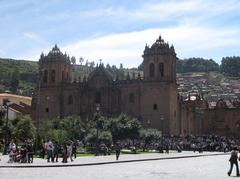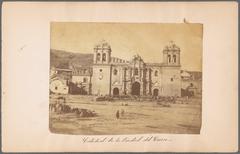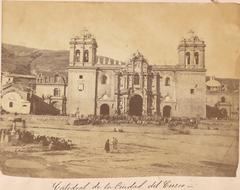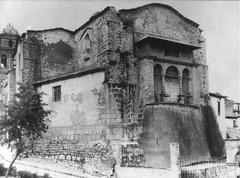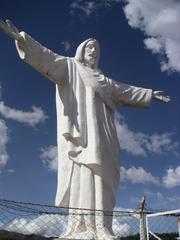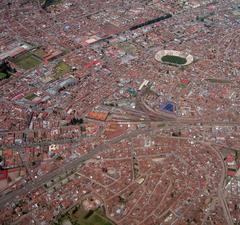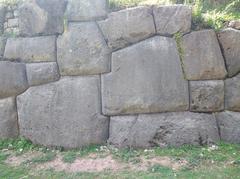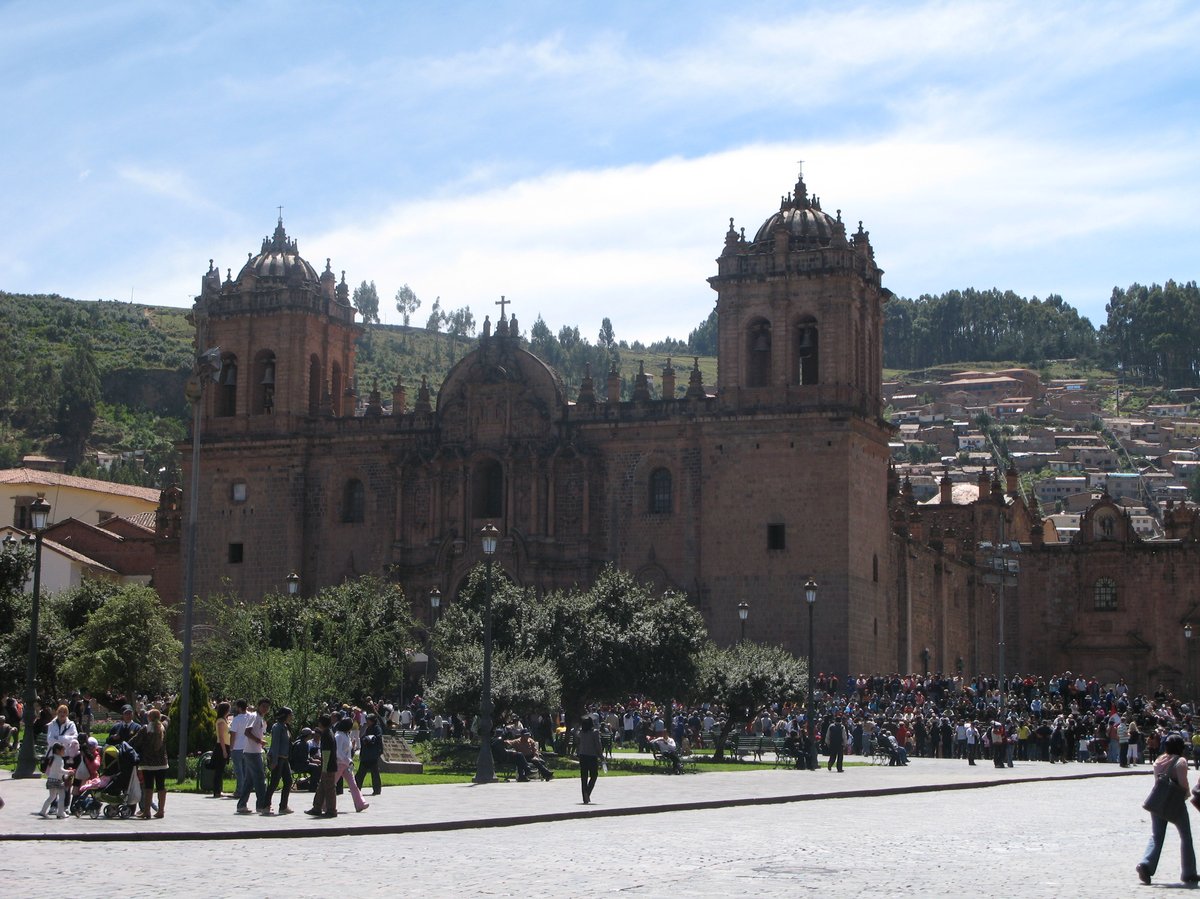
Cusco Cathedral Visiting Hours, Tickets, and Travel Guide to Cusco Historical Sites
Date: 14/06/2025
Introduction
Cusco Cathedral, officially known as the Cathedral Basilica of the Assumption of the Virgin, is a majestic testament to the layered history of Cusco—the ancient heart of the Inca Empire and a centerpiece of Spanish colonial Peru. Rising prominently on the Plaza de Armas, the cathedral is more than an architectural wonder: it is a symbol of cultural fusion, spiritual devotion, and artistic achievement. Built atop the Inca palace Quishuarqancha and incorporating stones from the Sacsayhuamán fortress, the cathedral physically and symbolically bridges the Andean and Spanish worlds (terandes.com; perurail.com; Happy Gringo Tours).
This guide provides essential information for visitors, including history, artistic highlights, visiting hours, ticketing, accessibility, travel tips, and suggestions for exploring nearby attractions. Whether you’re an art lover, history enthusiast, or traveler eager to experience Peru’s unique heritage, Cusco Cathedral is a must-visit landmark (Cusco Lodge Hotel; illapa.com).
Historical Context and Site Selection
After the Spanish conquest, the transformation of Cusco from an Inca capital into a colonial stronghold was marked by the construction of the cathedral. The Bishopric of Cusco was established in 1536, and the initial cathedral was built in 1539 on the site of the palace of Viracocha Inca, now the Iglesia del Triunfo—today an auxiliary chapel (wikipedia.org). Eventually, the cathedral was relocated to the site of Quishuarqancha, the palace of Inca Wiracocha, on the Plaza de Armas (perurail.com).
Construction Timeline and Architectural Features
Construction began in 1560 and concluded in 1654, spanning over a century and involving a succession of architects and artisans, both European and indigenous (terandes.com; wikipedia.org). The cathedral’s stonework—much of it sourced from Inca structures—embodies a powerful statement of cultural transition and continuity (perurail.com).
The architecture blends Renaissance, Baroque, Gothic, and Plateresque styles. Its Latin cross floor plan, three naves, ribbed vaults, and massive towers reflect both Spanish influence and local adaptation. The cathedral’s resilience was tested (and proven) during the 1650 earthquake, after which modifications gave the towers their current solid, squat appearance (wikipedia.org).
Artistic Highlights and Syncretism
The Cusco School
The cathedral houses an extraordinary collection of paintings from the Cusco School (Escuela Cusqueña), where indigenous artists mastered European techniques and incorporated Andean themes. Marcos Zapata’s “Last Supper,” for example, famously features a guinea pig and native produce, while other works blend biblical imagery with Peruvian landscapes and motifs (Aleteia; Cusco Lodge Hotel).
Treasures and Chapels
Other highlights include the silver-clad main altar, intricately carved wooden choir stalls, and dozens of side chapels dedicated to saints and religious figures. The Lord of the Tremors (Señor de los Temblores), a revered dark-skinned crucifix, exemplifies the blending of Catholic and Andean beliefs and is central to Cusco’s major religious festivals (peruways.com; Inca Trail Machu).
Religious and Cultural Significance
Cusco Cathedral is the principal church of the Archdiocese and the focal point for key religious events such as Corpus Christi and Holy Week, drawing thousands of worshippers and visitors. The cathedral’s three doors—gospel, epistle, and central—symbolize its primacy. During festivals, processions fill the Plaza de Armas in vibrant displays of syncretic tradition (Auri Peru; Kantu Peru Tours).
Visiting Hours and Ticket Information
- General Hours: Open daily, typically from 10:00 AM to 6:00 PM, but hours may vary for religious events and holidays (illapa.com).
- Mass & Services: Access may be restricted during Mass; tourist visits and photography are prohibited during services.
Tickets
- Standard Entry: S/. 40.00 (~$10.50 USD) for foreign adults, with discounts for students and children (cuscoperu.com).
- Cusco Tourist Ticket: S/. 130.00 (~$34.00 USD) for 16 attractions over 10 days, or S/. 70.00 for partial circuits; must be purchased in person (cuscoperu.com).
- Where to Buy: At the cathedral, included attractions, or official ticket offices.
Accessibility
- Physical Access: Ramps are provided at main entrances, and most of the cathedral is accessible, though some chapels have steps and uneven flooring (illapa.com).
- Facilities: Restrooms are available; nearby restaurants and shops are plentiful in the Plaza de Armas.
Guided Tours and Visitor Experience
- Guided Tours: Available in English and Spanish, either independently or as part of city tour packages. Guides provide in-depth context on art, history, and symbolism (illapa.com).
- Photography: Permitted without flash or tripods, except during religious services.
Travel Tips
- Best Time to Visit: Early mornings or late afternoons to avoid crowds. The dry season (May–September) offers the most pleasant weather.
- Dress Code: Modest attire is required; silence and respect for the sacred space are expected.
- Altitude: Cusco sits at 3,400m (11,155 ft); allow time to acclimatize before strenuous activities (Salt in Our Hair).
- Safety: The Plaza de Armas is generally safe and well-patrolled, but remain alert for petty theft.
Nearby Historical Sites and Suggested Itineraries
Use the cathedral as a base for exploring other nearby landmarks:
- Church of the Society of Jesus: Renowned for its Baroque façade.
- Qorikancha (Temple of the Sun): A short walk down Avenida El Sol.
- San Pedro Market: For local food and crafts.
- Sacsayhuamán: An awe-inspiring Inca fortress just outside the city center.
The Cusco Tourist Ticket offers access to many of these sites and is recommended for comprehensive exploration.
Frequently Asked Questions (FAQ)
What are the visiting hours?
Typically 10:00 AM to 6:00 PM daily; check locally for variations during festivals (illapa.com).
How much are tickets?
S/. 40.00 for foreign adults, with discounts; included in the Cusco Tourist Ticket.
Is the cathedral accessible for visitors with disabilities?
There are ramps and special access points; some chapels may be less accessible.
Are guided tours available?
Yes, both on-site and through tour companies.
Can I take photographs inside?
Yes, but no flash or tripods; not allowed during Mass.
Where can I buy tickets?
At the cathedral entrance, other included attractions, or official ticket offices.
Practical Tips for Visitors
- Arrive early or late in the day for a quieter experience.
- Bring cash for tickets and small purchases; not all vendors accept cards.
- Wear comfortable shoes for uneven, cobbled streets.
- Dress appropriately for a place of worship.
- Hydrate and acclimatize to the high altitude before strenuous exploration.
Visual Resources and Planning
Explore virtual tours, high-resolution images, and interactive maps on official tourism websites to enrich your understanding before and after your visit. These resources can highlight key artworks, floor plans, and accessibility details, enhancing your overall experience.
Conclusion
Cusco Cathedral is not only a historic monument but a living center of faith, culture, and community. Its artistry, syncretic symbolism, and ongoing religious life offer an unparalleled journey through centuries of Andean and Spanish interaction. Plan ahead for visiting hours and ticketing, consider a guided tour, and take time to explore Cusco’s other treasures. For up-to-date information and digital guides, download the Audiala app and follow our social channels.
Immerse yourself in the heart of Peru’s cultural crossroads—an experience that will linger long after your journey ends.
Sources
- Cusco Cathedral, Wikipedia, 2025
- Cusco Cathedral: History, Visiting Hours, Tickets & Travel Guide to Cusco’s Historic Landmark, Terandes, 2025
- History, Religion and Art: The Cathedral of Cusco, PeruRail, 2025
- Cusco Cathedral Visitor Guide: Hours, Tickets & Historical Highlights, Cusco Lodge Hotel, 2025
- The Cusco Cathedral: Inside the Walls, Pacha Expeditions, 2025
- Discover the Rich History of the Cusco Cathedral, Peruways, 2025
- Visiting Cusco Cathedral, Peru: A Traveler’s Guide, Happy Gringo Tours, 2025
- Cusco Cathedral Information and Tickets, Illapa Travel, 2025
- Cusco Tourist Ticket, Cusco Peru Official Tourism, 2025
- Understanding the Religious Significance and Beauty of Cusco’s Cathedral, Inca Rail Blog, 2025
- The Surprising Works of Art in Peru’s Cusco Cathedral, Aleteia, 2019
